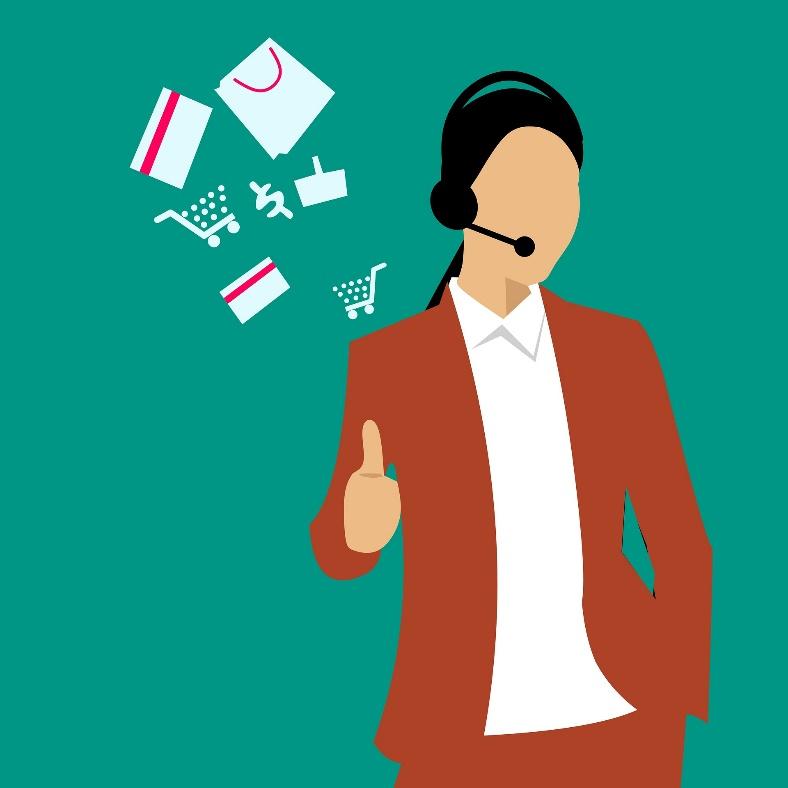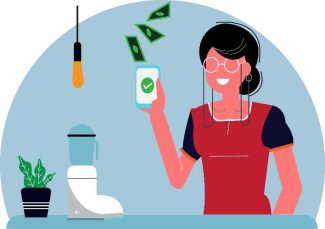A loyalty program is a system of rewards for regular customers: customers receive discounts and bonuses for their loyalty to the company. It increases attractiveness and helps to stand out from competitors who do not offer a regular customer discounts.
The history of customer loyalty goes back to the Middle Ages. Back then, merchants gave regular customers copper tokens, which were exchanged for certain goods “on sale”. In the XX century loyalty programs were privilege: they were used mostly by premium hotels and airlines. Today, this tool is available to every member of the business: a multinational corporation and a small cozy coffee shop.
Loyalty programs come in different forms. Their conditions and reward mechanics depend on the objectives of the specific business. But the goal of any program is to spark interest in the company, its products or services, to retain the customer and encourage repeat purchases. Read more about loyalty programs here.
Loyalty Program Types
As a rule, the development of the loyalty program begins with the choice of mechanics.
The choice of format depends on the goals and objectives of the business:
- Provide customers with a fixed discount,
- to accrue points for a purchase,
- provide access to closed events and early sales.
The most common are discount and savings loyalty programs. Closed customer clubs and various co-branding and umbrella programs are also popular.
Discount Loyalty Program
A discount loyalty program gives the customer a fixed discount on goods or services. The retailer gives the customer a discount card or sells it for money. Usually such loyalty programs are chosen by small retail stores or service organizations – for them, it is the easiest loyalty program mechanics from the point of view of implementation: all they need is to think up a design and print a circulation of plastic cards. For example, clients of beauty salons often receive a plastic card loyalty card, and with it – a fixed discount on all services.
Cumulative Loyalty Program
Most retail chains use cumulative mechanics. It allows building long-term relationships with customers. The network records the purchase history of the participant of the loyalty program and rewards the client for commitment to the company with points and status. Points are a kind of cashback for the client, expressed in the “local currency” of the retail network. Customers receive a certain number of points for their purchases, which they can spend in the future.
A simpler version of the accumulated loyalty program, which is frequently used by small and medium-sized businesses – a variation on the theme of BTL-mechanics gift for purchase. The customer is given special stamp cards at the cash register. Each time the customer makes a purchase, he shows his card, on which the salesman puts a stamp. When a certain number of stamps are accumulated, the client receives a free product. For example, in a coffee shop after buying five cups of coffee – the sixth drink is free.
Private Club
In fact, a private club is a kind of loyalty savings program, which is used mainly by premium brands and retailers, including car dealers, alcohol companies, hotels, luxury cosmetics and designer clothes brands. The way the club works is that the customer accumulates points and not only increases his or her discount, but also gets access to the proposals of the “private privilege club”: private parties and presentations, tastings and presales of new collections. You’re going to love it: https://teuscherfifthavenue.com/.

In 1983, the manufacturer of legendary motorcycles Harley-Davidson founded a private club for regular customers. Today the club consists of more than a million motorcycle owners around the world. Club members receive branded souvenirs, discounts on insurance services and maintenance, bonuses depending on the mileage of the “iron horse” and invitations to events and rallies.
Co-Branding Loyalty Program
Brands with similar philosophies and audiences come together to form a unified loyalty program. Co-branding programs are used not only by brands – retailers and banks also cooperate with each other to create convenient and profitable loyalty program mechanics.
Umbrella Loyalty Program
An umbrella program combines multiple brands into one overall loyalty program. Typically, they are part of the same large corporation or group of companies – this distinguishes the umbrella program from the co-branded program. With these mechanics, the corporation collects more customer data. In addition, it is much easier to manage one program than several ones.
Moreover, if you are interested in gaming, we are more than sure that there is a suitable card for you. So don’t worry, there’s enough for everyone.




